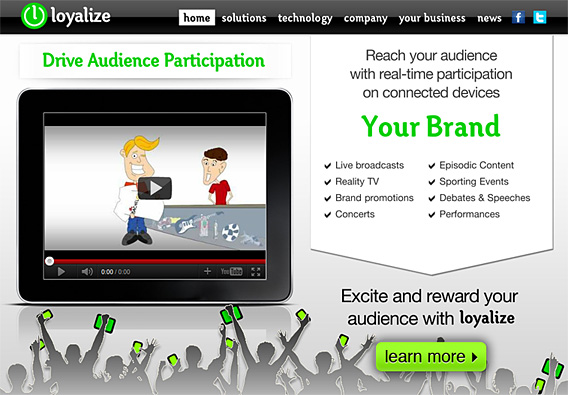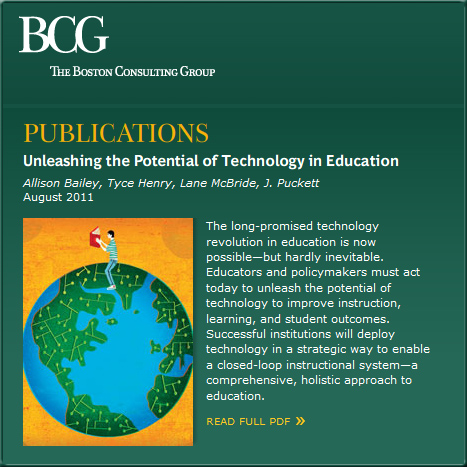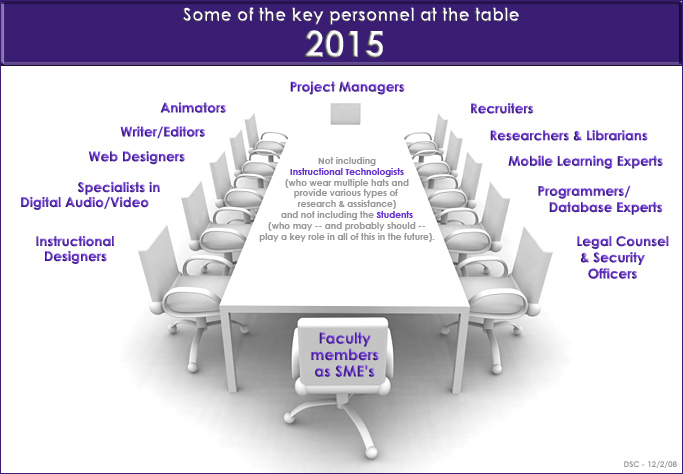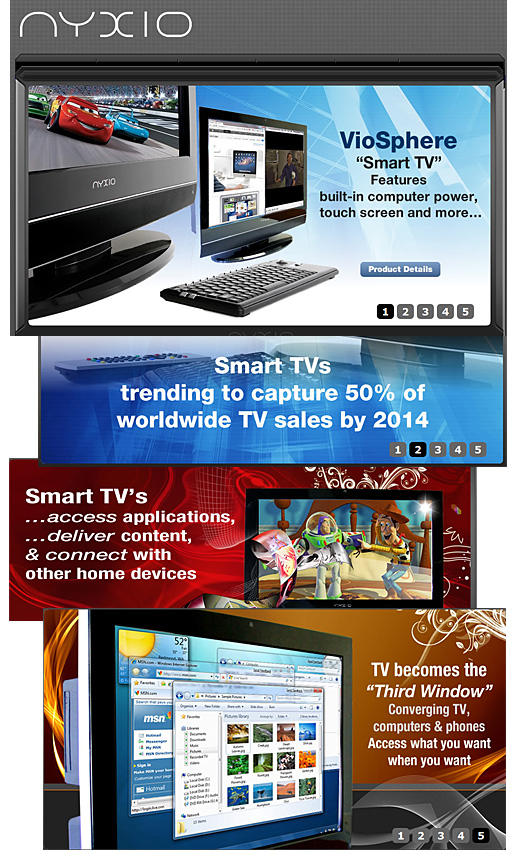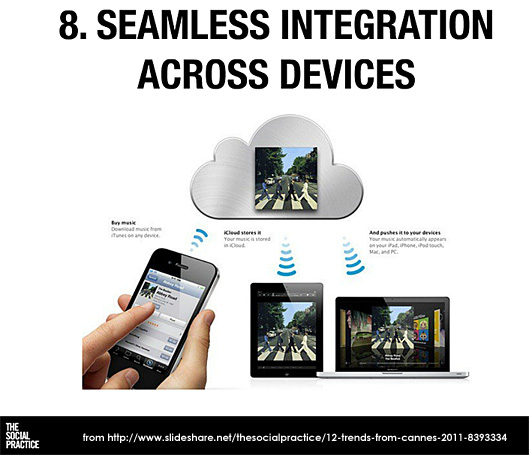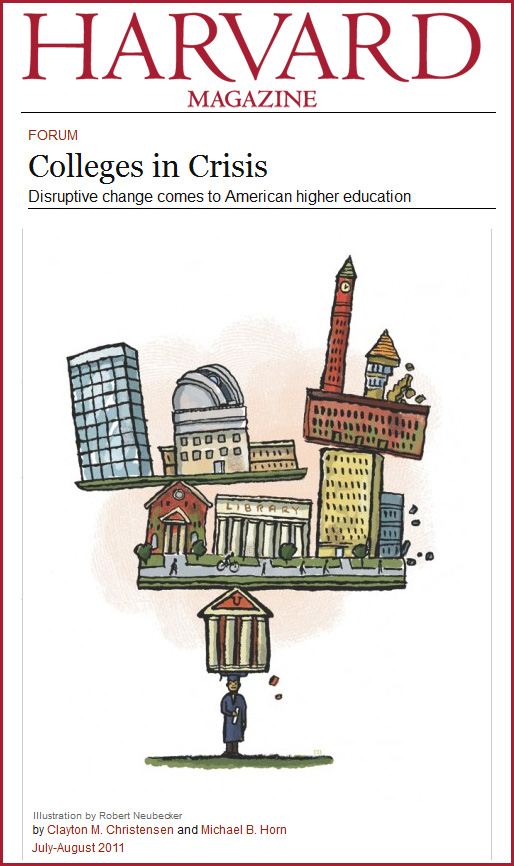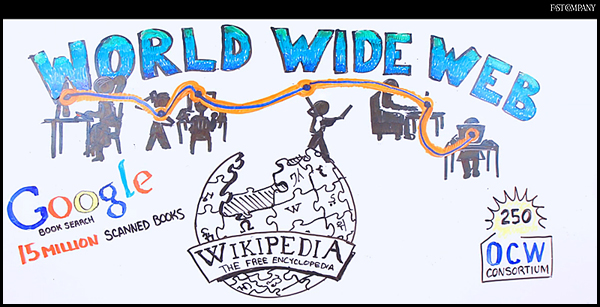How connected devices and streaming video are changing the way we consume content — from mashable.com by Christina Warren

Some updates on learning from the living room:
US cable and pay TV lose another half million customers in Q2, 2011 – cord cutting continues — from appmarket.tv by Richard Kastelein
According to Bloomberg, the six largest publicly traded U.S. cable and Pay TV providers are to lose 580,000 customers in the second quarter of 2011 – which is the biggest such decline in history.
‘TV textbooks’ bring access to low-income Florida students — from eSchoolNews.com by Jenna Zwang
Jacksonville officials introduce a program to raise reading scores
Prompted by lackluster reading scores, Duval County Public Schools (DCPS) in Jacksonville, Fla., is attempting to reach low-income students by turning students’ televisions into learning centers.
Time Warner cable head says company future is broadband, not TV –– ReelSEO Video Marketing by Jeremy Scott
Well surprise, surprise. The chief executive of Time Warner Cable, the second-largest cable operator in the U.S., says that broadband is the anchor service of the company’s future, not television. And while that may be a no-brainer for most of us observers in the industry, it’s still a pretty big deal for a cable company to admit their future isn’t in cable (emphasis DSC).
Research: Connected TV will be consumers’ portal to the Web by 2015 — from fierceonlinevideo.com
Google, Motorola deal may impact TV future — from bizreport.com by Kristina Knight
Add another destination for online giant Google – your living room (emphasis DSC). With the announcement that Google will purchase Motorola Mobility many in the space wonder what is next.
Addendum on 8/18/11:
- TV trends to watch at IBC 2011 — from tvgenius.net by Emma Wells
Reengineering IT in higher education — from campustechnology.com by John Waters
Excerpt:
Higher ed IT is going the way of the TV repairman, eventually becoming anachronistic maintainers of commodity systems–if university and college technology managers and chief information officers don’t reclaim their rightful place as innovators. So proclaimed William G. “Gerry” McCartney, CIO at Purdue University, who spoke to attendees at the annual Campus Technology 2011 conference last week in Boston. McCarthy said he wants to see nothing less than a new kind of higher ed hybrid, one that transforms colleges and universities into “producers as well as consumers.”
From DSC:
I have had the perspective for decades now that those organizations who utilize technologies the best will be the winners (sorry for the competitive way of framing this topic, but it’s true).
“Keeping the systems running” in the world of IT is important — but the strategic use of IT has arguably become more important as the Internet, changing landscapes, and budgetary pressures continue to disrupt higher education.
In the 21st century, if you want a successful organization, you must have at least one visionary technologist — who understands your business — on your organization’s decision-making board; if not, good luck to such an organization in the future. If your organization minimizes and underestimates the power of technology to disrupt your business, things may not turn out too good for your organization in the future.
Also see:
- Technology not a priority for most college administrators, report finds — from ConvergeMag.com by Tanya Roscorla
From DSC:
A reflection on:
- “Why did Myspace fail?… Are you listening Microsoft, Yahoo, AOL, and Cisco? — from FastCompany.com by Mark Goulston
Don’t confuse a one-trick pony, first-mover niche player with a visionary company.
Excerpt (with emphasis from DSC):
The secret to visionary companies’ continued success was explained best what NHL great Wayne Gretzky stated: “A good hockey player plays where the puck is. A great hockey player plays where the puck is going to be.” What Apple and Facebook know and more specifically their founders/CEOs’ Steve Jobs and Mark Zuckerberg have in common is aspirational clarity. They appear to be able to see where the puck will be and into the future of what their market will not just want, but go ga-ga over and then they deliver it. Some may refer to that as their being market makers, but what enables them to make their market is that they can anticipate what will delight their customers and members that those people don’t even know will delight them.
From DSC:
This is why futuring, taking pulse checks on current trends, being in touch with your customers’ expectations (and future customers in the case of students), and scenario building are so important these days.
With the pace of technological change continuing to pick up, a healthy organization will constantly be looking to maintain its relevancy — to innnovate, to reinvent itself.
If you are not constantly reinventing yourself — as an individual or more collectively as an organization — your chances of staying relevant and marketable will likely decrease in the future.
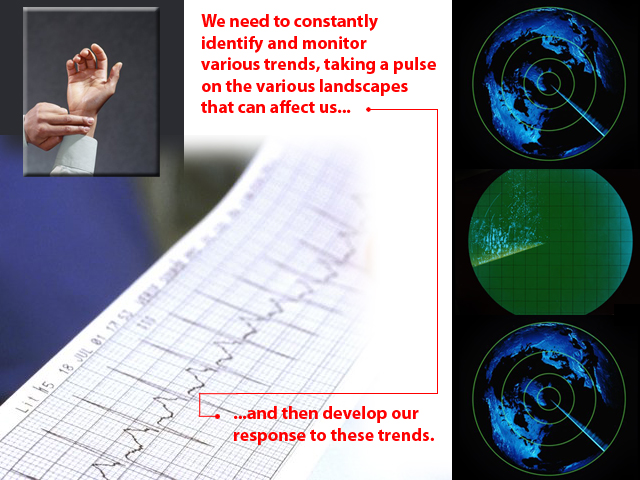
Image by Daniel Christian
Smart Pens and Learning — from Dartmouth Center for the Advancement of Learning by Thomas Luxon
From DSC:
I’m also pondering if Prezi can be used for long mathematical equations and/or problems… That is, can you zoom into a particular portion of the work being done, but then zoom out to see the entire work?
In other words, how can we capture and present several “chalkboards'” worth of material — with the end user being able to drill down where they want to?
What TV operators are missing — from Emma Wells
From DSC:
It may not be that long before the word “learning” can either be added to — or substituted for — the word “TV” below (emphasis mine):
Many of the TV tablet apps have taken a few tentative steps toward personalisation, but no one has fully embraced the potential of TV interfaces that can learn and change according to an individual’s preferences and tastes.
What a lot of these operators seem to be overlooking is the chance not only to offer content anytime, anywhere, but to personalise the entire TV experience.
While watching the main TV tends to be a group experience, watching TV on an app is much more intimate and personal.
-- excerpt from What TV operators are missing [Wells]
Addendum on 6/17/11
- Has the Holy Grail of Adaptive Tech Been Discovered? — from Mind Shift by Tina Barseghian
From DSC:
In case it’s helpful to you, this Learning Ecosystems blog is now in the e-learning portion of Alltop.











